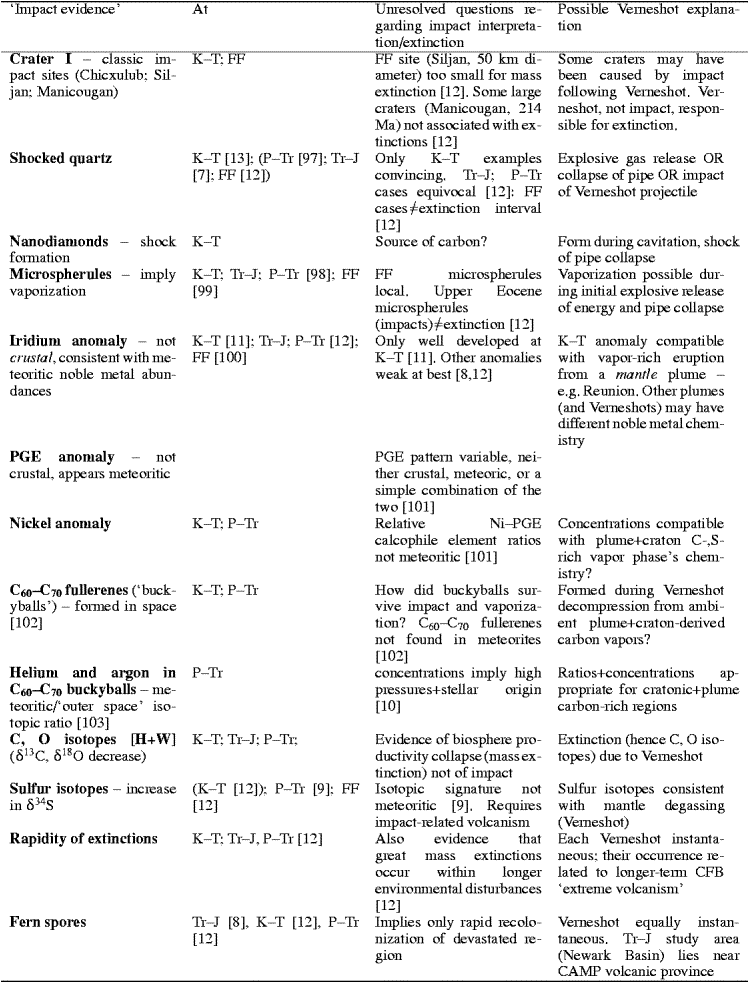Table 1. ‘Impact signals’ found at the four most recent great Phanerozoic mass extinctions and their interpretation in terms of the Verneshot hypothesis


Fig. 1. Known correlations between the timing of the five great Phanerozoic mass extinctions, CFBs, and the geologic ‘impact signals’ associated with these mass extinctions.

Fig. 2. Map of CFBs known to have occurred in the past 400 Myr and their present-day hotspot traces (where known). The Deccan Traps (K-T flood basalts, 〜66 Ma) are linked by a chain of volcanism to the presently active Reunion plume. The Central Atlantic Magmatic Province (CAMP) Traps (Tr-J, 〜201 Ma) in Guyana can be rotated back using Morgan’s [94] reconstruction for the opening of the Atlantic to the site of the present-day Trindade hotspot. Although poorly known this appears to be a fairly strong hotspot because it has recently created a chain of volcanism on old, 〜120 Ma, thick oceanic lithosphere. It is not known whether the Siberian Traps (P-Tr, 〜251 Ma) or Emeishan Traps (〜257 Ma) were created above any presently active hotspot. The Pripyat-Dniepr-Donets (FF, 〜364 Ma) CFB is an almost entirely buried structure with scarce surface outcrop. The spatial extent of almost all flood basalt provinces is likely to be underestimated because of their subsequent erosion above now high-standing cratons and burial beneath the rifting-related sedimentary basins to which their formation is closely tied. Stars show the sites of the Chicxulub (K-T), Siljan (〜FF), and Great Tunguska Depression (P-Tr) structures.
〔Morgan,J.P., Reston,T.J. and Ranero,C.R.(2004): Contemporaneous mass extinctions, continental flood basalts, and ‘impact signals’: are mantle plume-induced lithospheric gas explosions the causal link? Earth and Planetary Science Letters, 217, 263-284.から〕